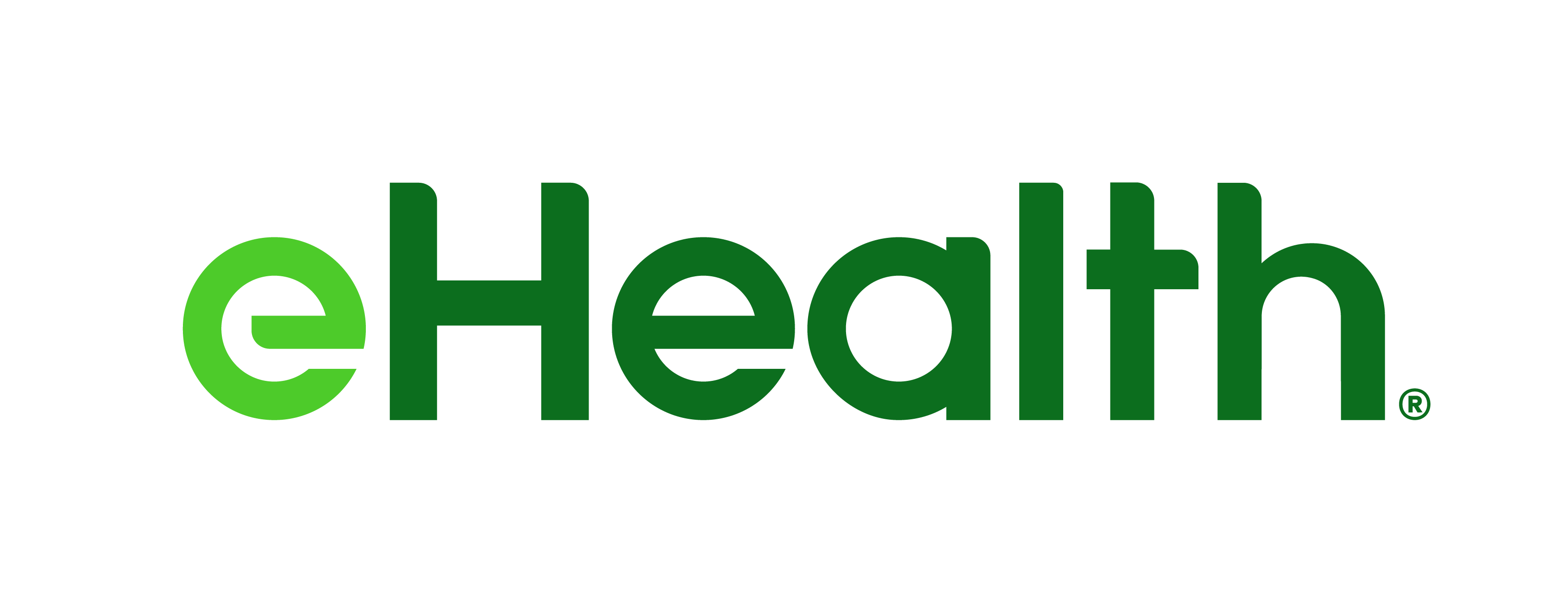New eHealth Choice & Impact Study: Average Medicare Beneficiary Could Have Saved $961 on Prescription Drugs in 2014
The study also found that, among the same users, forty-two percent (42%) of people on
eHealth's study underscores the value of reviewing one's stand-alone Prescription Drug Plan (PDP) and Medicare Advantage Prescription Drug (MA-PD) coverage during the AEP. A 2010 study by the
eHealth's analysis of
Medicare Advantage Prescription Drug Plan (MA-PD) Potential Savings
Among those enrolled in MA-PD plans, eleven percent (11%) who used eHealth's plan comparison tool were in the lowest cost plan, based on their personal drug regimen. Those who switched to the lowest cost plan in 2014 could have saved an average of
Stand-Alone Prescription Drug Plans (PDP) Potential Savings
Among those enrolled in stand-alone PDPs only three percent (3%) were in the PDP with the lowest total out-of-pocket costs, based on their specific drug regimen. Those who switched to the lowest cost plan in 2014 could have saved an average of
Donut Hole Analysis
eHealth also found that more than two-in-five users (42%) would hit
Most Popular Drugs Among Users & the Conditions They Are Often Used to Treat
eHealth also found that a high number of
- Omeprazole DR, a generic version of Prilosec -- commonly used to treat gastroesophageal reflux disease (GERD)
- Amlodipine Besylate, a generic version of Norvasc -- commonly used to treat high blood pressure
- Simvastatin, a generic version of Zocor -- commonly used to treat high cholesterol
- Clopidogrel, a generic version of Plavix -- commonly used to treat coronary artery disease
- Metformin, a generic version of Glucophage -- commonly used to treat type II diabetes
- Tamsulosin, a generic version of Flomax -- commonly used to treat symptoms of enlarged prostate
- Hydrochlorothiazide, a generic version of Dyazide -- commonly used to treat hypertension
- Fluticasone, a generic version of Flonase -- commonly used to treat asthma and allergic rhinitis
- Atorvastatin, a generic version of Lipitor -- commonly used to treat high cholesterol
- Hydrochlorothiadize, a generic version of Norvasc -- commonly used to treat high blood pressure
Consumers should consult with their doctor about the proper uses of any of the pharmaceuticals mentioned in this document. The data presented here is for informational purposes only. It should never be used as a substitute for professional medical advice. You should always consult with your medical provider regarding diagnosis or treatment of a health condition, including decisions about the correct medication for your condition, as well as prior to undertaking any specific exercise or dietary routine. The information contained in this article is accurate as of the date of publishing.
Why Out-of-Pocket Costs For Prescription Drugs Change
Changes to one's prescribed medications aside, the price a
- The drugs covered by a plan
- The plan's monthly premiums
- The plan's annual deductible, coinsurance and co-payments
- The plan's drug tiers, which are used to assign different coinsurance amounts and co-payments to specific drugs
Any one of these changes may affect what an enrollee pays out of pocket for his or her drugs on the same PDP or MA-PD from one year to the next. In some cases, the lowest-cost plan for an enrollee's personal drug regimen in one year may not be the lowest-cost plan in the following year.
Cost Savings for Plan Switchers
The table below details potential savings after calculating all costs -- including monthly premiums, co-payments, coinsurance and deductibles -- for people who used eHealth's online
| Plan Type | Potential Average Annual Savings by Switching Plans | Potential Average Annual Savings by First-Time Enrollees | Percent of Users in Lowest-Priced Plan | |||
| Stand-Alone Prescription Drug Plan (PDP) | $961 | $2,215 | 3.34% | |||
| Medicare Advantage Prescription Drug Plan (MA-PD) | $218 | $2,225 | 10.67% | |||
The actual savings estimated during user sessions can vary depending on things like geographic location, plan selection and other factors. The benefits and coverage may also vary between plans. The average savings presented in this report are based on user sessions that occurred on eHealthMedicare.com and PlanPrescriber.com only.
Survey Methodology
This report analyzes more than 22,000 user sessions that occurred on eHealthMedicare.com and PlanPrescriber.com during the 2014 Annual Election Period (also called Annual Enrollment Period or AEP), which took place between October, 15 and December, 7, 2013. During that time there were over 17,000 user sessions in which a person identified their current Medicare Prescription Drug Plan (PDP) and one or more prescription drugs they were taking. In addition, over 5,000 user sessions occurred in which a person identified their current Medicare Advantage Prescription Drug (MA-PD) plan and one or more prescription drugs they were taking.
The
The information users were required to provide in order to be counted as currently enrolled in a PDP or MA-PD plan included their zip code and the name of their existing PDP or MA-PD plan. In the user sessions used for this analysis, customers also included the names, dosages and frequency of any prescription drugs they were taking. Their average annual savings were calculated by subtracting the customer's total estimated out-of-pocket spending on their current plan -- including monthly premiums, deductibles, coinsurance and co-payments -- from the estimated out-of-pocket spending on the plan recommended by eHealth's
For price comparison, this study assumes no changes in prescription or medical needs, as well as no changes in rates or drug prices during the applicable time period.
NOTE:
Notes:
1
About
For more health insurance news and information, visit the eHealthInsurance consumer blog: Get Smart - Get Covered.
PDF Attachment Available: http://media.marketwire.com/attachments/201409/278863_eHealthMedicareChoiceandImpactReport2014.pdf
For more information, please contact:
(650) 210-3115
nate.purpura@ehealth.com
DMA Communications for
(916) 207-7674
sande.drew@ehealth.com
Source:
